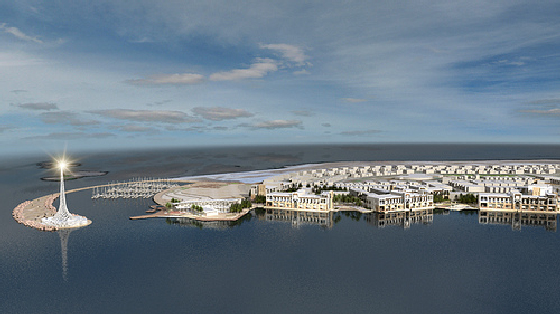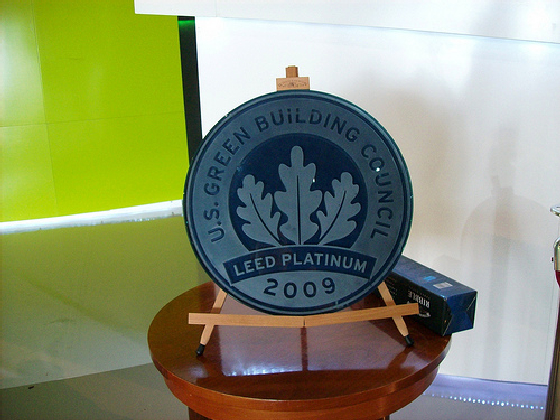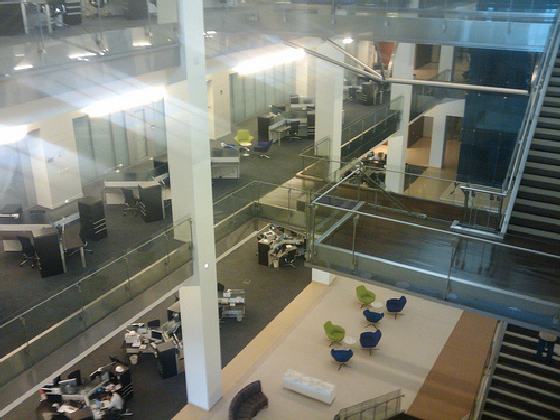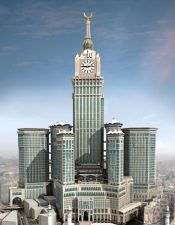 The king willed it – so it was built…Michael Arndt questions the ‘greenliness’ of KAUST, granted the US Green Building Council’s highest LEED certification possible.
The king willed it – so it was built…Michael Arndt questions the ‘greenliness’ of KAUST, granted the US Green Building Council’s highest LEED certification possible.
The American Institute of Architecture recently hailed The King Abdullah University of Science and Technology (KAUST) as one of its top ten most environmentally responsible building designs. This follows other “green” developments in Saudi Arabia, including the largest environmental tourism park, and a solar-powered desalination plant. KAUST has bagged a few firsts: it is the country’s first co-ed university as well as its first LEED certified building, and at 6.5 million sq feet, with 26 buildings built on 9,000 acres of land near Jeddah, on the Red Sea, it is also the largest Platinum certified building in the world.
It achieved this rating by meeting some of the most stringent USGBC’s LEED rating requirements. Under transportation: 100 shared electric cars along with recharging stations, segway and bike shares, and 3 shuttle bus lines on campus. Under renewable energy: 2 solar towers, along with solar thermal and photovoltaic panels, amounting to a total production of 4MW renewable energy.
A permanent plan will protect the local coral reef and mangrove habitat under habitat preservation. Under materials, 37.8% was manufactured from within 500 miles of the site, 99.2% of wood was certified by Forest Stewardship Council (FSC), and 79% of construction waste was recycled or diverted from landfill. 100% of the campus water will be treated on site and there is a comprehensive recycling plan in place for glass, aluminum, plastic, metal, and cardboard. Finally, the total power demand was reduced by approximately 24.5%.
The percentages are impressive, but Arndt raises this crucial point: “nearly two-thirds of the tens of thousands of tons of materials needed to construct this desert campus—paint, carpeting, furnishings, wood—had to be shipped in from more than 500 miles away. I don’t know how much greenhouse gas those vessels produced, but I do know that … they produced more carbon dioxide than 10 of the 39 industrialized nations originally included in the Kyoto Protocol. ”
There is no question that through competition and marketing, LEED promotes better building practices, and provides incentive – where otherwise there would be little – to produce more efficient buildings. But thousands of tons of material? Shipped to and constructed in the desert? This is sustainable?
Arndt quotes Colin Rohlfing, one of the HOK Designers on the KAUST project, “It’s always a dilemma,” he said, concluding that the building was inevitable, that the king was going to build there in any case, and that they “had to make the best of it.” We agree that if they must build, build better. But all the Saudi money will not bring back Mother Nature’s diminishing resources again.
:: Via Business Week
More on so-called sustainable projects in the Middle East:
Re-Assessing Masdar City
What’s Sustainable about Masdar’s Foster+Partners?
Is Urjuan a Wise Expenditure of Qatar’s Oil and Gas Wealth?






Another problem is that only the research area was built “green.” The residential homes are incredibly wasteful. Not only were they not built to LEED standard, but there are many three story apartments for a single person, requiring three air conditioning units, or sliding doors on the apartment complexes that are left open most of the day, refrigerating the outdoors. There is still a mindset of waste here that will take a lot more work to get rid of. After sitting in on presentations of the architects, the effort just to get LEED on the main campus in this country took monumental efforts. There just isn't the infrastructure for building green like you might find in developed countries.
Nice observation of what’s really going on behind the ‘green-wash’. Very well put.